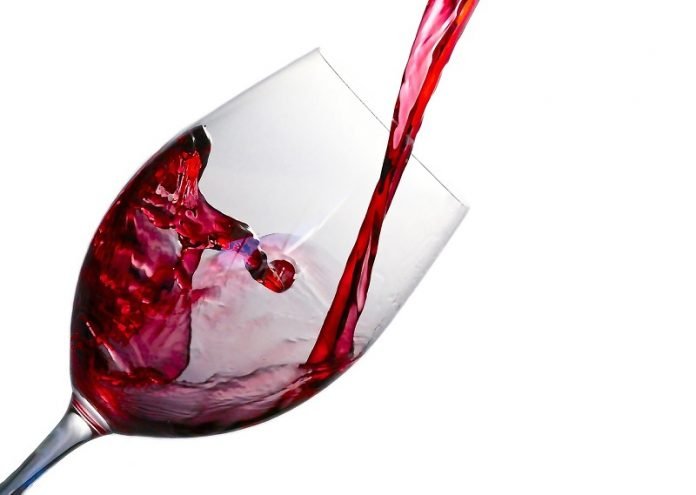
Wine connoisseurs can easily discriminate a dry red wine, such as Cabernet Sauvignon, from a fruitier red, like Pinot Noir.
Scientists have long linked the “dryness” sensation in wine to tannins, but how these molecules create their characteristic mouthfeel over time is not fully understood.
Now, researchers reporting in ACS’ Journal of Agricultural and Food Chemistry have found that tannin structure, concentration and interactions with saliva and other wine components influence the perception of dryness.
The dryness sensation, also known as astringency, refers to a puckering or rough feeling in the mouth upon drinking wine.
Scientists know that wine drinkers perceive astringency when tannins and salivary proteins interact, aggregate and precipitate, which makes the mouth less lubricated.
But Aude Watrelot, Hildegarde Heymann and Andrew Waterhouse wanted to explore how tannins from two different wines interact with other characteristics of the beverages, as well as with salivary proteins, to influence dryness perception.
The researchers extracted the tannins from a dry (Cabernet Sauvignon) and less-dry (Pinot Noir) red wine.
Through various analyses, they found that the Cabernet Sauvignon contained more, larger and more highly pigmented tannins than the Pinot Noir, and these tannins formed more protein aggregates in saliva.
Trained sensory panelists perceived Cabernet as dryer, with a longer-lasting dryness, than the Pinot. Interestingly, when the opposite type of tannin was put into Cabernet or Pinot wines, the panelists could not detect differences in dryness.
So, for example, when Cabernet tannins were added to a Pinot wine, the drink appeared to have the same dryness as the original Pinot.
However, when Cabernet tannins were added to a model wine (ethanol and tartaric acid in water), panelists rated the dryness intensity and duration higher than that of the original model wine.
Therefore, the distinctive aromas of the two red wines likely influenced the panelists’ perception of dryness, preventing them from noticing the added tannins.
These results could help winemakers manage dryness perception based on wine composition and tannin characteristics, the researchers say.
DOI: 10.1021/acs.jafc.9b01480.



